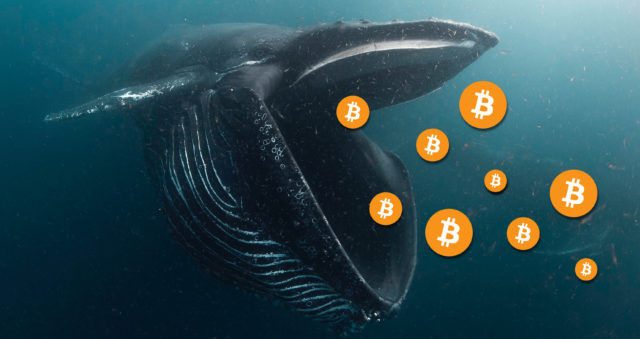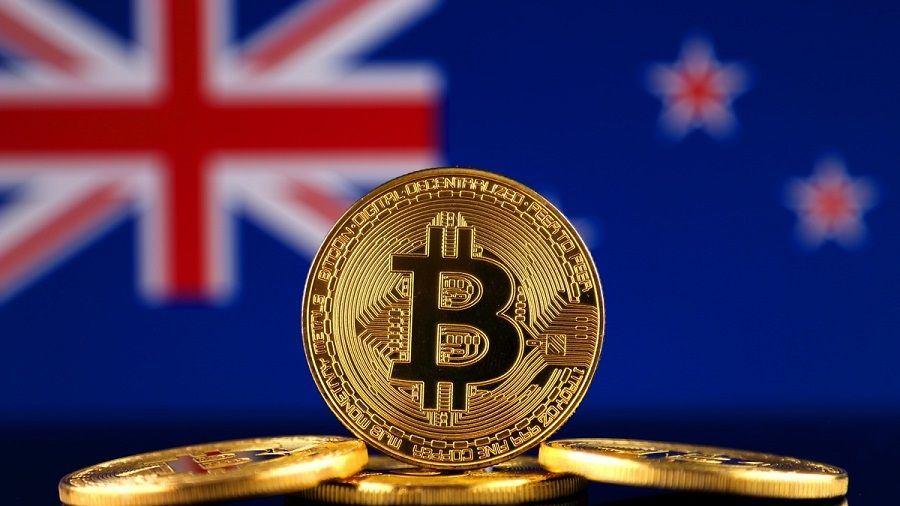O dollar closed down 1.44%, quoted at R$4.844 this Wednesday (23), the lowest closing value since March 13, 2020 (R$4.812), in a session in which the Brazilian currency led the gains between their global peers.
The US currency maintained its trend started in 2022 in relation to the devaluation real. This is largely due to a favorable flow of investments based on Brazil’s high interest rates, assets discounted on the stock exchange and the search for markets linked to commodities, whose prices are on the rise.
Despite the negative day for stock markets abroad, the Ibovespa rose 0.16% to 117,457.34 points, again reaching highs, the highest level since September 6, 2021, when it hit 17,869 points.
The main B3 index was also pulled up by shares linked to commoditieswhich accompany the rise in product prices.
Here are the highlights of Wednesday’s trading session:
biggest highs
- Sum (SUM3) +7.15%;
- Renner stores (LREN3) +5.63%;
- CVC (CVCB3) +4.52%;
- MRV (MRVE3) +3.41%;
- Magazine Luiza (MGLU3) +3.27%
biggest casualties
- Fleury (FLRY3) -4.20%,
- BRF (BRFS3) -3.83%,
- Copel (CPLE6) -3.44%,
- Minerva (BEEF3) -3.26%,
- Suzano (SUZB3) -2.38%
On Tuesday (22), the dollar dropped 0.57%, and ended the day at R$4.915, lowest quote since June 24, 2021. The Ibovespa rose 0.96%, to 117,272.44 points. See the performance of the index over the last few days:
Petroleum
Since the invasion of Ukraine by Russia on the 24th of February, the markets for Petroleum show the highest volatility in two years, with commodity prices reaching levels last seen in 2008.
In recent days, the price of petroleum products has increased by 5% to more than US$121 per barrel, due to the interconnection of Russian exports and the possible cost of Caspian Pipeline Consortium (CPC), way to transport oil from the Caspian Sea to the Novorossiysk-2 Maritime Terminal on the Russian Black Sea coast
In addition to the supply shortage, the CPC’s oil exports could fall by about 1 million barrels per day (bpd) as it repairs two of three storm-damaged berths in the Russian section of the Black Sea, the RIA news agency said. citing the Russian Ministry of Energy.
On the sanctions, EU foreign ministers were divided on the ban, as some countries, including Germany, say the bloc is too dependent on Russia’s fossil fuels to resist such a move.
“It’s pretty clear that the German economy is going to struggle, so the EU is moving away from a Russian ban,” said John Kilduff, a partner at Again LLC in New York.
Thus, this Wednesday, oil in the US closed at US$ 114.93, up 5.18%.
Historically, compared to previous years, oil remains at high values, due to the mismatch between supply and demand for the commodity, with the main producers, gathered in OPEC+, still not resuming pre-pandemic production levels. The picture was intensified with the tensions in europe.
Another consequence of the rise in oil is the rise in fuel prices. In Brazil, this accelerated the approval of bills that seek to contain the rise in fuel prices.
The surge in commodities favors the Brazilian market, in a game of positive and negative pressures that still benefits the real so far.
The cycle is linked, in part, to the rise in oil and iron ore prices due to high demand amid the economic recovery. The rise in interest rates in the United States also fueled this migration, with the departure of US variable income.
the price of ore in iron, for example, had a slight increase in Dalian and the contracts in rebar in steel rose in Shanghai after the cityin in Tangshan implement a temporary lockdown, raising fears with supply.
Soybean futures on the Chicago Stock Exchange rose 1.3%, reaching their highest in nearly a month, on expectations that demand for US supplies will remain strong due to the harvest deficit in South America, traders said.
The market’s focus on Wednesday was also on several statements by central bank officials, amid the more deflated economic data agenda.
Federal Reserve Chairman Jerome Powell, on the other hand, spoke earlier on a panel at the Bank for International Settlements (BIS), but the claims revolved around digital currencies. James Bullard and Mary Daly, both of the Fed, will also make statements during the day.
In addition, investors are on the lookout for US President Joe Biden’s trip to Europe this Wednesday for a nato emergency dome about the war in Ukraine.
Ukrainian forces have tried reclaim territory from the Russians in recent days, according to a senior US defense official—who described them as “able and willing” to do so. Also on Wednesday (23), an agreement was reached to try to remove civilians trapped in Ukrainian towns and cities. through nine “humanitarian corridors”, reported Ukrainian Deputy Prime Minister Iryna Vereshchuk.
From an economic point of view, the most recent event involving the conflict was the announcement by countries of the European Union of new sanctions against Russia, which saw its currency, the ruble, plummet and reach a historic low. The targets were energy, steel and defense sectors.
But the sanctions with the greatest economic impact for the country are linked to the expulsion of Russian banks from Swifta global means of payment.
Source: CNN Brasil
I am Sophia william, author of World Stock Market. I have a degree in journalism from the University of Missouri and I have worked as a reporter for several news websites. I have a passion for writing and informing people about the latest news and events happening in the world. I strive to be accurate and unbiased in my reporting, and I hope to provide readers with valuable information that they can use to make informed decisions.







